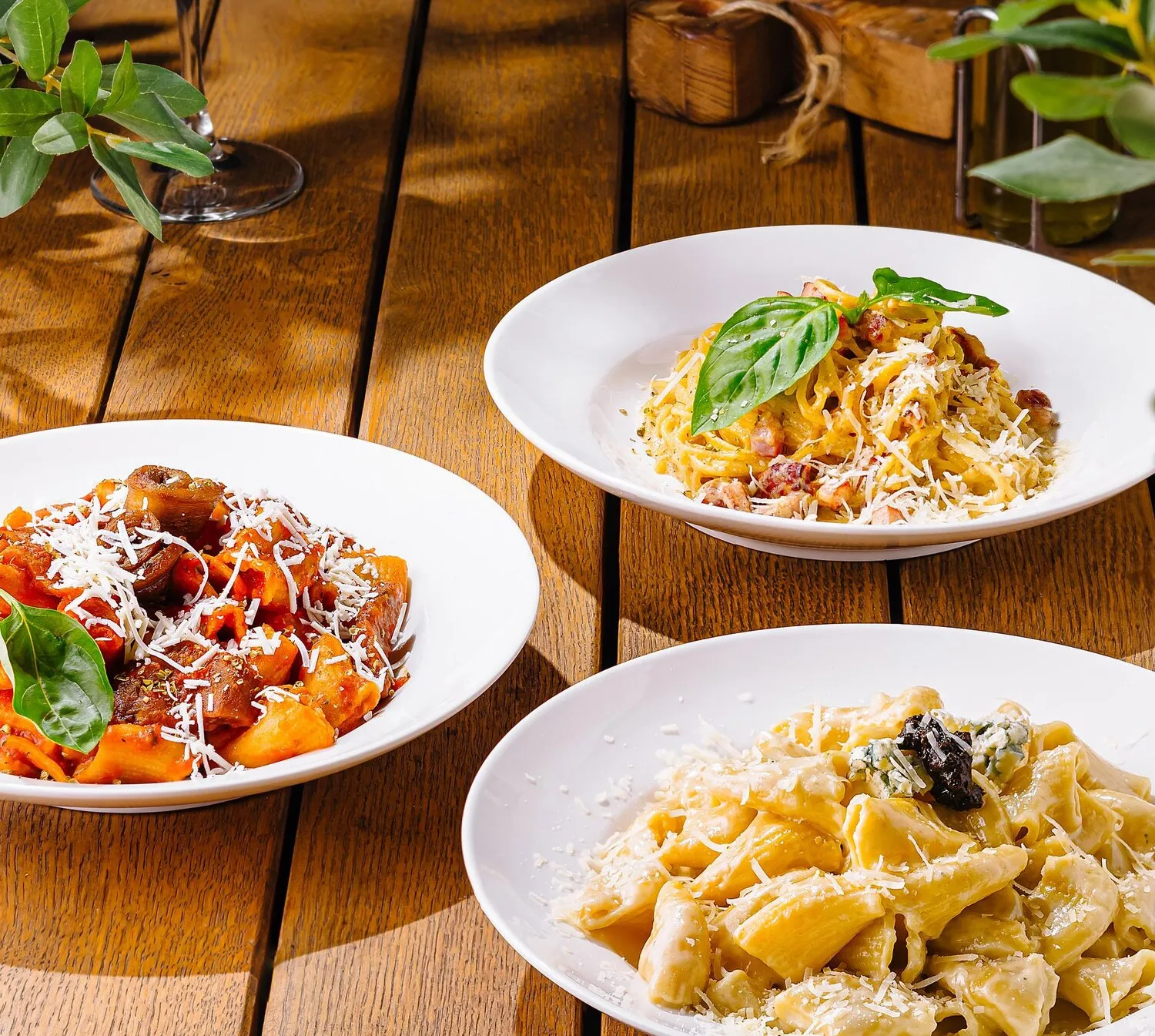
Pasta dishes
Various handmade pasta dishes are commonly mentioned. Specific popular choices vary, but handmade pasta is a key characteristic.
Nutrition Facts
* The % Daily Value (DV) tells you how much a nutrient in a serving of food contributes to a daily diet. 2,000 calories a day is used for general nutrition advice.
Roman pasta dishes, rooted in the region of Lazio, evolved from simple, peasant fare utilizing readily available ingredients. Their history is intertwined with the city's agricultural past, relying on local produce like guanciale (cured pork cheek), Pecorino Romano cheese, and black pepper. These dishes represent a culinary tradition passed down through generations, emphasizing flavor simplicity and resourcefulness.
These pasta dishes are deeply ingrained in Roman culinary culture, representing more than just food. They are a symbol of Roman identity, tradition, and the importance of simple, high-quality ingredients.
Family Tradition
Roman families often have their own variations and closely guarded recipes for these dishes, passed down through generations. Preparing and sharing these meals is a cherished cultural ritual.
Regional Identity
These dishes are strongly associated with Rome and the Lazio region, and are considered a cornerstone of Roman cuisine. Authenticity and adherence to traditional methods are highly valued.
Simplicity & Quality
The focus on simple ingredients and techniques reflects a respect for the quality of the raw materials. The dishes highlight the inherent flavors of the pork, cheese, and pepper, rather than masking them with complex sauces.
Classic Roman pasta dishes are characterized by their rich, savory, and umami-packed flavors. The key lies in the interplay of salty cured pork, sharp Pecorino Romano cheese, and the pungent bite of black pepper.
Each dish highlights these fundamental elements in a unique way: Carbonara features creamy egg yolks enriched with rendered guanciale fat; Cacio e Pepe emphasizes the pure, sharp flavors of cheese and pepper; Amatriciana adds the sweetness and acidity of tomatoes to the savory base. The textures vary as well, from the smooth sauce of Carbonara to the drier, more intense coating of Cacio e Pepe.
Guanciale is Key
While pancetta is sometimes used as a substitute, authentic Roman recipes call for guanciale. The higher fat content and distinct flavor of guanciale contribute significantly to the overall taste of the dish.
Pecorino Romano Only
Do not substitute Pecorino Romano with Parmesan or other cheeses. The sharp, salty flavor of Pecorino Romano is essential to the authentic Roman taste.
Pasta Cooking Water
Reserve the pasta cooking water! The starchy water helps emulsify the sauce and create a creamy consistency without the need for cream (which is not traditionally used in these recipes).
Pepper Power
Freshly cracked black pepper is crucial. The aroma and flavor of freshly ground pepper are far superior to pre-ground pepper.
Temperature Control
When adding the egg mixture (for Carbonara) or cheese and pepper (for Cacio e Pepe) to the pasta, remove the pan from the heat to prevent the eggs from scrambling or the cheese from clumping. A gentle heat is key to creating a smooth, creamy sauce.
Explore additional Italian dishes and restaurants
Explore ItalianDiscover top dining spots and culinary experiences in Tampa.
Explore TampaLearn more about the food culture, restaurant scene, and culinary heritage of United States.
Explore United States
